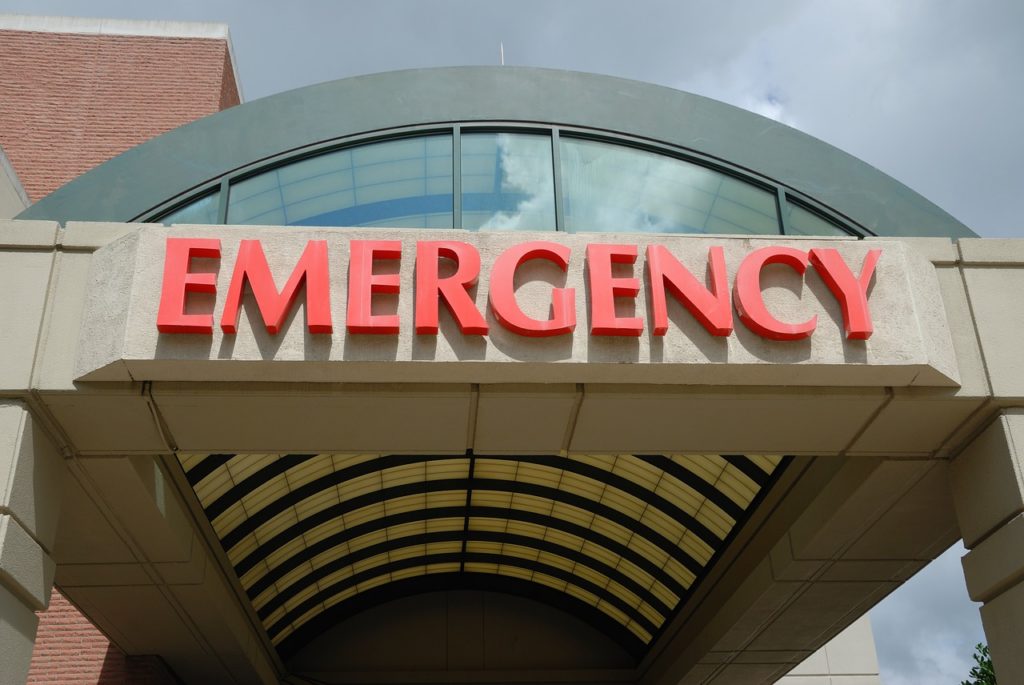Ensuring that patients avoid unnecessary hospitalizations will be a key value proposition for hospice and palliative care providers, particularly when working within value-based payment models such as the forthcoming Medicare Advantage hospice carve-in in 2021 and the U.S. Centers for Medicare & Medicaid Services’ new Primary Cares Initiative, set to begin in 2020.
These emerging payment models incentivize cost reductions through the avoidance of preventable hospitalizations.
“The overall goal will be keeping people out of the hospital, whether you talk about value-based purchasing or any kind of new payment reform. I think if the industry stays focused on how do we prevent people from having an experience of hospitalization, the market will always rewards the lowest-cost, high-quality provider,” said Larry Graham, CEO of Curo Health Services at Home Health Care News’ Summit conference in September. “[Hospices] are not competing on price with our competitors. When you are in a situation where you are not going to compete on price, you have to have to compete on quality and efficiency.”
Medicare Advantage plans are offered by private insurance companies approved by the CMS, and include HMO, PPO, and fee-for-service plans among other options. The program represents an integrated care model that promotes coordination of services and provides incentives for quality and patient satisfaction. Beginning in 2020, the program will be available in all 50 states as well as U.S. territories.
CMS earlier this year announced that it would test coverage of hospice care through Medicare Advantage plans beginning in 2021. The carve-in, according to CMS, is intended to increase access to hospice services and facilitate better coordination between patients’ hospice providers and their other clinicians.
CMS in April announced that they would implement the Primary Cares Initiative in phases beginning in Jan. 2020, initially in 26 regions throughout the United States. The initiative includes several payment models including one specific to Seriously Ill Populations. Hospices and palliative care organizations are eligible to participate in the payment models provided they meet the program’s criteria.
Participating health care providers would receive a bonus for reducing avoidable hospitalizations under Primary Cares.
“Everybody should constantly study how they can become more efficient while simultaneously focusing on outcomes, with the number one outcome being reducing hospitalizations,” Graham said at Summit. “If we are talking about a Medicare Advantage plan, I have a Medicare population, and I am responsible for their care. The most costly thing that happens is when [patients] go into the hospital.”
Hospice providers have a strong track record when it comes to reducing avoidable hospitalizations, which is critical to reducing individual and societal health care costs.
A 2014 matched-cohort study of more than 18,000 pairs of Medicare patients with poor-prognosis cancers found that non-hospice patients had significantly more hospitalizations, (65% vs 42%), intensive care (ICU; 36% vs 15%), and invasive procedures (51% vs 27%) than hospice patients.
Total costs over the last year of life were $71,517 vs $62,819, a relative savings of nearly $9,000 per patient in hospice, the study indicated.
A larger study the following year assessed data from more than 1.9 million Medicare beneficiary hospitalizations between 2005 and 2009, finding that patients enrolled in hospice had lower rates of 30-day rehospitalizations than those not enrolled in hospice.
“The No. 1 goal is reducing hospitalization. People who suffer from chronic illness, when they experience an activation, the first thing they are going to do is go to the emergency room,” Graham said. “We have to develop protocols around that process. It may be as easy as reminding families by doing phone calls on Friday evenings that they have 24/7 support. I think those things are paramount.”



